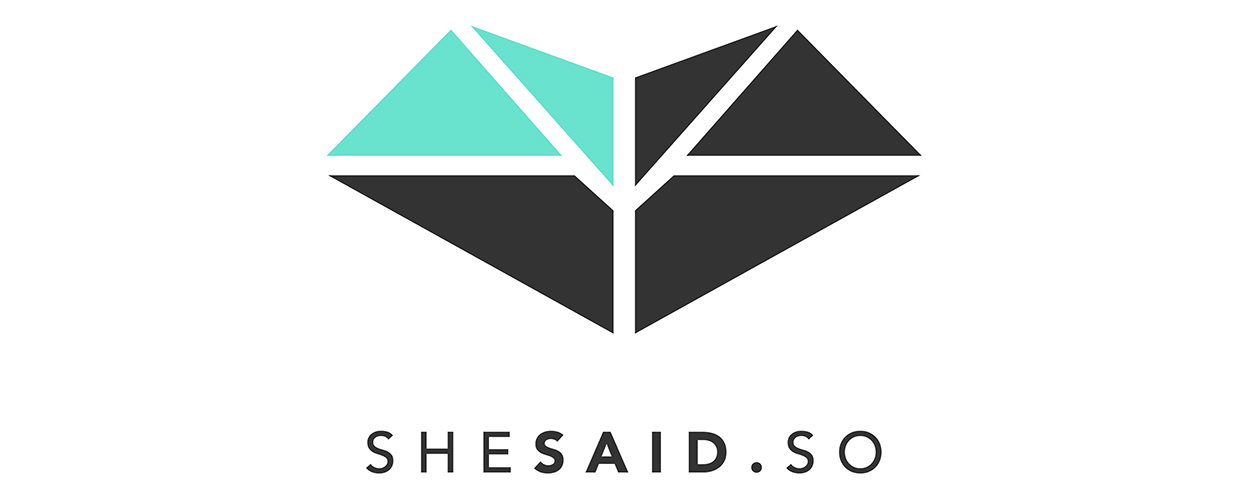This website uses cookies so that we can provide you with the best user experience possible. Cookie information is stored in your browser and performs functions such as recognising you when you return to our website and helping our team to understand which sections of the website you find most interesting and useful.
Business News Industry People
Shesaid.so reports initial findings of music industry bias and harassment study
By Andy Malt | Published on Wednesday 4 December 2019

Music industry organisation Shesaid.so has revealed the initial findings of its study into bias and harassment in the music sector. The early results show that a common problem is music industry professionals being “treated as inferior to others” based on gender, sexuality, age or ethnicity.
Reports of bias and harassment in music industry workplaces have been collected through an online reporting tool launched by Shesaid.so and InChorus in September.
The incidents most commonly reported took the form of insensitive comments or questions, derogatory language, and offensive jokes or ‘banter’. Of all the reports so far submitted, 8% also involved “unwanted physical contact” – this affecting predominantly women aged 26-35, with the unwanted contact usually initiated by a senior male member of staff.
“Our theory is that inappropriate workplace behaviour starts with subtle forms of bias and microaggressions that are deeply ingrained in our behaviour by social and cultural forces”, says Shesaid.so founder Andreea Magdalina. “This type of subtlety is often unconscious and unintentional, and yet it has major repercussions on a company’s culture, and the industry’s social dynamics more widely speaking”.
“The music business is already a highly complex ecosystem governed by unwritten rules and tacit assumptions, making it extremely difficult to single out these subtleties and address them efficiently”, she says. “Our hope is that the data we collect with InChorus will inch us closer to identifying the industry’s biggest social issues and the best tactics to remedy them”.
InChorus co-founder Rosie Turner adds: “Through surfacing everyday instances of bias and harassment we are able to build up a detailed picture of what it is actually like to be working within the music industry. This data has previously been missing, limiting our ability to understand the biggest issues and design for effective change”.
The project continues to collect data, and you can access the reporting tool here.





